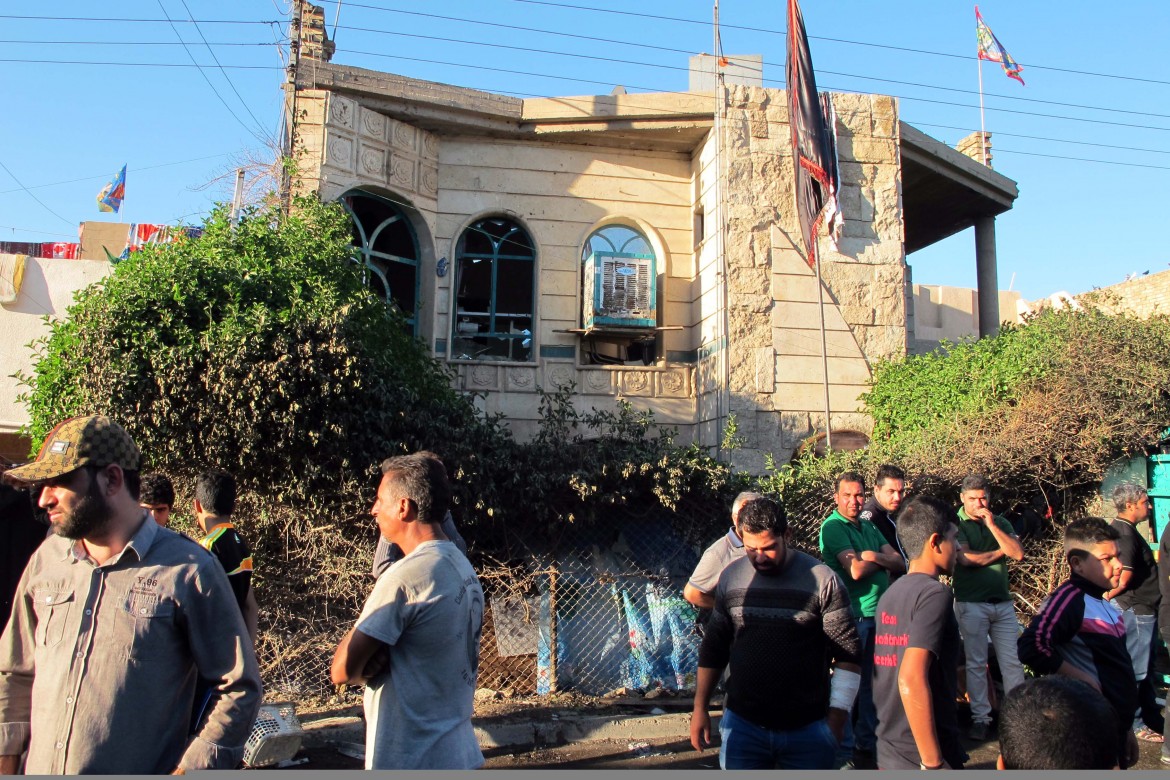Islamic State
Iraqi foreign minister: ‘We warned Paris’
Perhaps no other country knows ISIS barbarism better than Iraq, which endured a steady stream of attacks on civilians this weekend and where two new mass graves were discovered near liberated Sinjar.

Iraqi Foreign Minister Ibrahim al-Jaafari said he knew something was going to happen.
“Iraqi intelligence sources received information about terrorist attacks being prepared in several countries, including France, the United States and Iran,” he said on the sidelines of the meeting in Vienna on Saturday night. “And this had been communicated to all of them.” He did not give other details, only that Paris was warned.
Iraq knows ISIS. Here, the Islamic State has never stopped striking. As Paris mourned, Iraqi civilians endured a stream of new assaults from ISIS.
On Friday and Saturday, ISIS killed 26 people in Shiite neighborhoods of Baghdad. In the first, a suicide bomber killed 21 in the suburb of Hay al-Amal, southwest of the capital, during the funeral of a Shiite militiaman who died fighting ISIS. The next day, a bomb exploded in Sadr City, killing at least five.
News of more attacks trickled in Saturday night: Seven dead in a series of car bombs in al-Nahza district, in al-Kariat, in the town of Mahmudiyah, in Jabour and in Latifiyah. Yesterday, near the center of Baghdad, two people were killed by an explosion in front of some shops.
The massacre continues. In October alone, the U.N. says, 714 people in Iraq have been killed (including 559 civilians) and 1,269 injured. Baghdad remains the main target, where more than half the deaths occurred, proving that the Islamic State is not confined to the territories it controls but can coordinate with cells in the east and south of the country.
The front line between ISIS and the Iraqi government and between ISIS and Kurdistan has moved slowly westward after victories in Tikrit and Sinjar. But athough the Islamists have lost land, they have succeeded in fragmenting the country, which is increasingly torn along ethnic and religious lines. Local communities are the sacrificial victims of violence perpetrated by Sunni and Shiite militias fighting for territory from the central government and the Kurdish peshmerga.
Yesterday, residents of Kirkuk reported to il manifesto of battles lasting days in the villages south of the city, which the Kurdistan Regional Government took from Baghdad’s control a year ago. Kirkuk has always been a disputed city; rich in oil, Saddam Hussein moved Sunni Arabs there to change its demographics and control its resources.
Now it is the scene of clashes between the peshmerga and Shiite militias. Gunfights between Kurdish soldiers from Erbil and Shiites have been recorded daily, for several days, in the villages around Tuz Khormato.
But the picture of ISIS brutality grows increasingly dark. Kurdish armed forced discovered yet another horror yesterday: two mass graves just outside of Sinjar, freed last week from the grip of the Islamic State. The first grave contains the bodies of 78 older women, and the second contains between 50 and 60 bodies of women, men and children. According to Sinjar’s mayor, the women are probably from the nearby village of Kocho who were separated from their children a year ago and sold as slaves.
Few details ever come out of Kocho because, residents say, it is cut off by a minefield of unexploded ordnance — a legacy of the Islamists who for over a year have starved, massacred and enslaved the Yazidi population.
“These people were killed by gunshots and then buried here during the invasion of the Islamic State, last year,” Samir Qasim, director of intelligence in Sinjar, told the Associated Press, adding that, unfortunately, this is nothing new. The Islamists have left plenty of other mass graves in their wake.
Originally published at http://ilmanifesto.info/isis-colpisce-baghdad-26-morti/ on 2015-11-16
